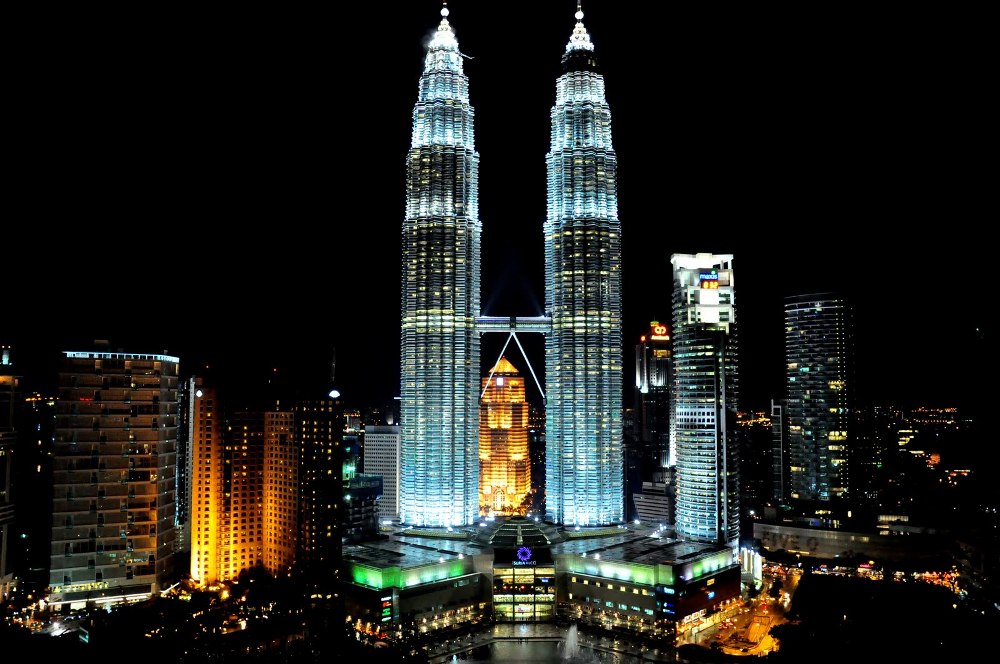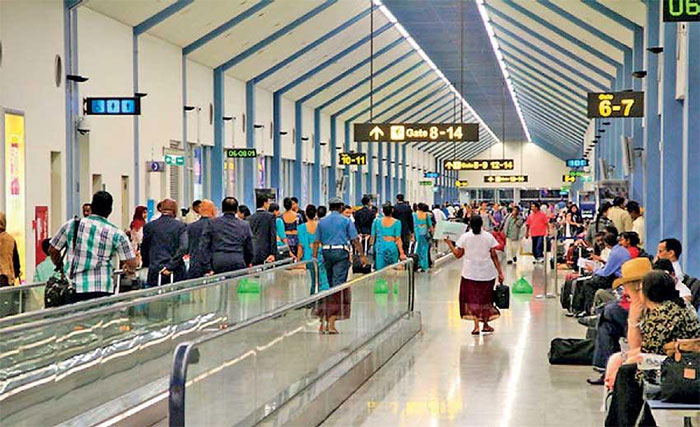
Labour migration is the movement of people across borders for the purpose of work. It can have various benefits and challenges for both the countries of origin and destination, as well as for the migrants themselves. In this article, we will focus on the labour migration from South Asia to Europe, which is a complex and dynamic phenomenon that involves different regions, countries, sectors and skill levels.
Why do people migrate from South Asia to Europe?
South Asia is a region that comprises eight countries: Afghanistan, Bangladesh, Bhutan, India, Maldives, Nepal, Pakistan and Sri Lanka. It is home to about 1.8 billion people, or nearly a quarter of the world’s population. It is also one of the most diverse regions in terms of culture, religion, language and ethnicity.
South Asia faces many challenges such as poverty, inequality, conflict, environmental degradation and climate change. According to the World Bank, about 216 million people in South Asia live below the international poverty line of $1.90 a day. Many people in South Asia lack access to basic services such as health care, education and social protection. Moreover, South Asia is one of the most vulnerable regions to natural disasters and the impacts of climate change, such as floods, droughts, cyclones and sea level rise.
These factors create various push factors for people to migrate from South Asia in search of better opportunities and living conditions. Some of the main reasons why people migrate from South Asia to Europe are:
- Economic: Many people migrate to Europe for economic reasons, such as higher wages, better employment prospects and more stable incomes. According to the World Migration Report 2022, remittances from migrants are a major source of income for many households and countries in South Asia. In 2020, India and Pakistan were among the top ten remittance recipients in the world, with $83.2 billion and $26.1 billion respectively. Remittances can help reduce poverty, improve living standards and support development in the countries of origin.
- Education: Some people migrate to Europe for educational reasons, such as pursuing higher education or acquiring new skills and qualifications. Europe offers a variety of educational opportunities and institutions for international students, as well as scholarships and mobility programs. According to UNESCO, there were about 1.3 million international students from South Asia enrolled in tertiary education in Europe in 2019, with India being the largest source country with 0.8 million students.
- Family: Some people migrate to Europe for family reasons, such as joining their relatives or spouses who are already living there. Family reunification is one of the main legal channels for migration to Europe, especially for women and children. According to Eurostat, there were about 0.6 million first residence permits issued for family reasons in the EU-27 in 2019, with India being the second largest source country with 0.1 million permits.
- Protection: Some people migrate to Europe for protection reasons, such as fleeing from violence, persecution or human rights violations in their countries of origin. South Asia has experienced various forms of conflict and instability over the years, such as civil wars, ethnic tensions, religious extremism and terrorism. According to UNHCR, there were about 0.4 million refugees and asylum seekers from South Asia in Europe at the end of 2019, with Afghanistan being the largest source country with 0.3 million.
How do people migrate from South Asia to Europe?
Labour migration from South Asia to Europe can take different forms and routes depending on various factors such as the destination country, the sector of employment, the skill level of the migrant and the legal status of the migration.
Some of the main forms and routes of labour migration from South Asia to Europe are:
- Regular migration: This refers to migration that complies with the laws and regulations of both the countries of origin and destination. Regular migration can be facilitated by various legal channels such as work permits, visas or residence permits that are issued based on criteria such as labour market needs, skills shortages or quotas. Regular migration can also be supported by bilateral or multilateral agreements between countries that aim to regulate and manage labour mobility and cooperation.
- Irregular migration: This refers to migration that does not comply with the laws and regulations of either the countries of origin or destination. Irregular migration can involve various risks and challenges such as smuggling, trafficking, exploitation or abuse by intermediaries or employers.
Some of the challenges faced by South Asian migrants in Europe are:
- Legal status: Many South Asian migrants enter Europe through irregular channels, such as smuggling or trafficking networks, or overstay their visas. This exposes them to the risk of detention, deportation or exploitation by employers or intermediaries. Moreover, some South Asian migrants have difficulty accessing legal protection or assistance due to language barriers, lack of information or fear of authorities.
- Integration: Many South Asian migrants face difficulties integrating into their host societies due to cultural, religious or linguistic differences. They may encounter discrimination, racism or xenophobia from some segments of the population or institutions. They may also face challenges in accessing education, health care, housing or social services due to bureaucratic hurdles, eligibility criteria or limited resources.
- COVID-19 pandemic: The COVID-19 pandemic has exacerbated the vulnerability and marginalization of many South Asian migrants in Europe. Some of them work in essential sectors such as health care, agriculture or food processing, where they are exposed to higher health risks and lower safety standards. Some of them live in overcrowded or substandard accommodation, where they face difficulties in maintaining physical distancing or hygiene measures. Some of them have lost their jobs or incomes due to the economic downturn or lockdown measures, and have limited access to social protection or financial support. Some of them have also faced increased stigma or hostility due to the association of the virus with certain ethnic groups.
Some of the initiatives to support South Asian migrants in Europe are:
- International Organization for Migration (IOM): The IOM is the leading intergovernmental organization on migration issues, and works with governments, civil society and other partners to promote humane and orderly migration. The IOM has various programs and projects in Europe and Central Asia that aim to assist migrants and refugees in areas such as integration, health, protection, return and reintegration, counter-trafficking, emergency response and migration governance.
- Council of Europe: The Council of Europe is an international organization that promotes human rights, democracy and the rule of law in Europe. The Council of Europe has several instruments and mechanisms that address the rights and challenges of migrants and refugees in Europe, such as the European Convention on Human Rights, the European Court of Human Rights, the European Social Charter, the Commissioner for Human Rights, the European Committee for the Prevention of Torture and the European Commission against Racism and Intolerance.
- European Union: The European Union is a political and economic union of 27 member states that share common values and policies. The EU has a common asylum and immigration policy that aims to ensure fair treatment of third-country nationals, solidarity among member states and cooperation with countries of origin and transit. The EU also provides funding and support for various initiatives and projects that assist migrants and refugees in Europe, such as the Asylum, Migration and Integration Fund, the Emergency Trust Fund for Africa, the EU-Turkey Statement and the EU Resettlement Framework.
The role of NGOs in supporting South Asian migrants in Europe is:
- Providing humanitarian assistance: Many NGOs provide humanitarian assistance to migrants and refugees in Europe, such as food, water, shelter, health care, education or legal aid. Some NGOs also assist in rescuing migrants at sea or in transit countries, or in facilitating voluntary return and reintegration. Some examples of NGOs that provide humanitarian assistance to migrants and refugees in Europe are the International Red Cross and Red Crescent Movement, Médecins Sans Frontières, Save the Children, Caritas or the Jesuit Refugee Service.
- Advocating for human rights: Many NGOs advocate for the human rights of migrants and refugees in Europe, such as the right to asylum, the right to non-refoulement, the right to family reunification or the right to dignity and protection. Some NGOs also monitor and report on the situation of migrants and refugees in Europe, or challenge discriminatory or abusive policies or practices by authorities or other actors. Some examples of NGOs that advocate for the human rights of migrants and refugees in Europe are Amnesty International, Human Rights Watch, European Council on Refugees and Exiles, Platform for International Cooperation on Undocumented Migrants or European Network Against Racism.
- Promoting integration: Many NGOs promote the integration of migrants and refugees in Europe, such as by facilitating their access to language courses, vocational training, employment opportunities or social networks. Some NGOs also foster intercultural dialogue and mutual understanding between migrants and refugees and their host communities, or combat stereotypes and prejudices. Some examples of NGOs that promote the integration of migrants and refugees in Europe are International Catholic Migration Commission, European Network of Migrant Women, Migration Policy Group, SOLIDAR or European Network of Cities for Local Integration Policies for Migrants.




